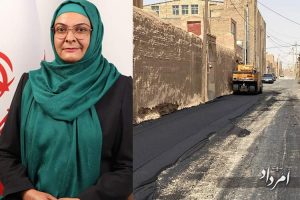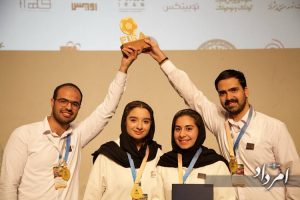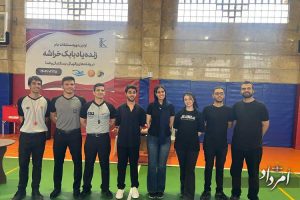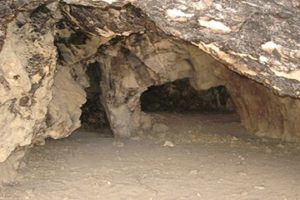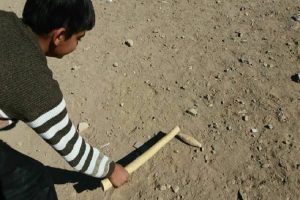Native knowledge and traditions that have been carried verbally across generations provided the foundation for handicrafts. Malehbafi (weaving of thread made from earth-colored cotton) is one example of such folk knowledge which has a long history in Khosf district, and after decades of neglect, is now gaining new breath, through the efforts of lovers of native handicraft.
Khosf is a district in South Khorasan province. Considered auspicious and a means of subsistence, the Malehbafi handicraft is held in high regard by the inhabitants of that nation. Many have dubbed Khosf “the capital of Malehbafi” due to the extent of this devotion and commitment.

The settled sediments and soil of that area are called “maleh” by the Khosf people. Malehbafi is a term given to this industry due to the earth-colored cotton that is cultivated there. This naming further illustrates the connection between Iranian handicrafts and the extensive ecosystem in which they thrive. On the other hand, the ancient texts that have documented the city of Khosf, have made reference to this area’s great textile industry. A manuscript from the 9th century (600 years ago) continuing information on weaving of thread from this type of cotton, in Khosf, suggests that the craft is quite ancient in that region of our nation.
Cotton grown in Khosf is distinguished from other white cotton plants by a distinctive characteristic. Regrettably, the decline of Khosf maleh weaving was caused by droughts, together with abundance of cotton imports from foreign countries, and the disregard for native handicrafts, thus eroding even the seeds of this indigenous plant. However, some lovers of our native art and products took the initiative to revive malehbafi. Presently, the knowledge of maleh is once again being recollected by the elders of Khosf, and a number of young people are also showing interest in studying this art.

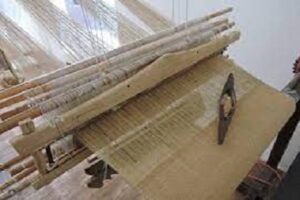
We mentioned earlier that the Khosf people hold a special commitment and belief towards this product. They believe that the water that runs over the maleh fields, gains such a virtue and property that it will bring abundance and blessings to other crops as well. For this reason, the people make sure that anything woven from maleh should be part of the dowry of their daughters, when getting them married.
A point worth noting is that maleh weavers of Khosf avoid using synthetic color for dying their sacred maleh thread, as they deem such a practice improper. Fabricated from the same brown cotton, they offer apparel, tents, draperies, neckbands, and other maleh products. However, cultivation and harvesting process, as well as the spinning and weaving of maleh are same as done for cotton; the two are identical. Also, the tool used for beating the maleh is the same used for cotton, called “chobalesh”.
For many reasons For many reasons, for instance, attractive colors and softness of the cotton), maleh product in Khosf are more desirable than any other cotton grown in Iran. The elders of Khosf came to the help of the youth in reviving this craft, by entrusting them with the treasure that was stored in their memories; they are considered as forerunners in this revival process.
Without any doubt, substantial assistance and support is needed for our handicraft master’s to rediscover their progenitors’ exquisite handicrafts from the mist of oblivion.






